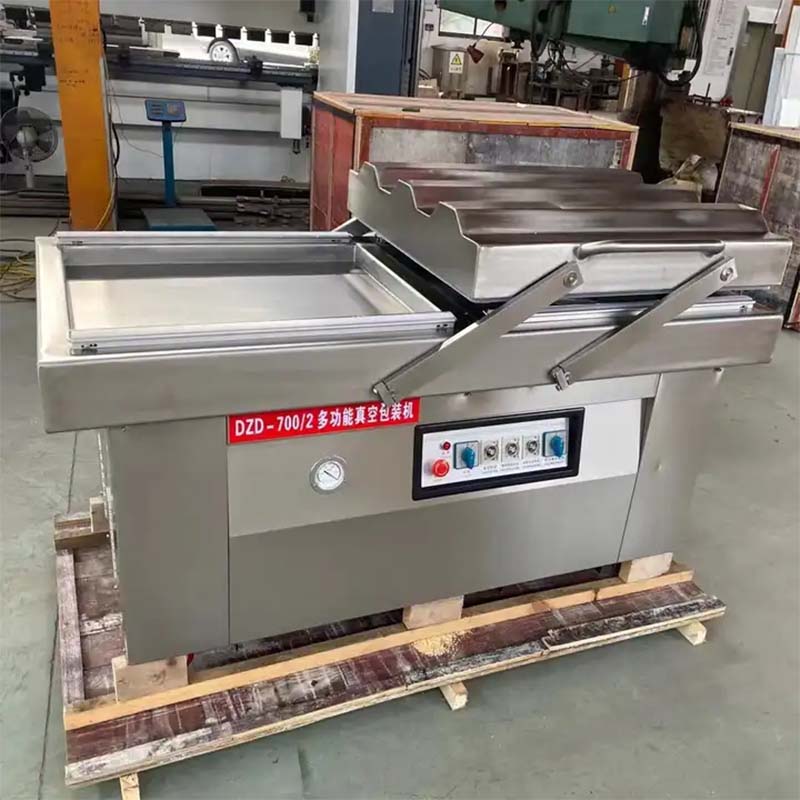Innovative Layer Poultry Cages for Enhanced Productivity and Welfare
Oct . 05, 2024 08:59 Back to list
Innovative Layer Poultry Cages for Enhanced Productivity and Welfare
Layer Poultry Cages Enhancing Egg Production and Welfare
Layer poultry cages represent a modern approach to poultry farming, primarily designed to optimize egg production while ensuring the welfare of hens. As the global demand for eggs continues to rise, farmers are increasingly turning to innovative solutions like layer cages to meet this need efficiently.
Layer cages are specialized enclosures that house hens in a multi-tier system, allowing for the housing of a large number of birds within a controlled environment. One of the primary advantages of this system is that it maximizes space utilization. Farmers can raise more hens in a smaller area compared to conventional barn systems. This efficient use of space helps reduce overall farming costs, making egg production more economically viable.
From a management perspective, layer cages offer significant benefits. They facilitate better control over the hens’ living conditions, such as temperature, lighting, and ventilation. These factors are crucial for maximizing egg production and ensuring the health of the birds. Consistent temperatures and controlled lighting mimics natural day-night cycles, which can stimulate laying patterns. In addition, proper ventilation helps maintain air quality, reducing the risk of respiratory issues among the flock.
layer poultry cages

Another advantage of layer cages is the improved hygiene and biosecurity they offer. Manure is easier to manage in a caged system, allowing for quicker removal and reducing the risk of disease transmission. This aspect is particularly important as poultry farming can be susceptible to various diseases that can jeopardize the health of the flock and the profitability of the farm. With layer cages, the reduced direct contact between hens also minimizes the spread of diseases, enhancing the overall health of the birds.
However, the use of layer cages has sparked significant debate regarding animal welfare. Critics argue that confining hens to small spaces restricts their natural behaviors, such as nesting, foraging, and social interactions. These concerns have led to increased interest in alternative housing systems, such as free-range or enriched cages, which provide more space and facilities for hens to exhibit natural behaviors. In response to these concerns, many producers are now investing in enriched cages that allow for some degree of freedom and access to nesting boxes and perches, thereby improving welfare while maintaining production efficiency.
The evolution of layer poultry cages is also being influenced by consumer preferences
. As awareness of animal welfare issues grows, consumers are increasingly seeking out eggs produced from systems that prioritize hen welfare. This shift in market demand is prompting many producers to adopt more humane practices while still reaping the benefits of cage systems.In conclusion, layer poultry cages present a compelling solution to meet the rising global demand for eggs. With their space efficiency, ease of management, and potential for improved biosecurity, these systems can significantly enhance egg production. However, addressing animal welfare concerns is crucial for the industry's sustainability. Continuous advancements in cage design and management practices will be key to integrating high productivity with humane treatment of hens, ultimately satisfying both market demands and ethical considerations. As the poultry industry progresses, the balance between efficiency and animal welfare will remain a pivotal challenge for farmers worldwide.
-
Automatic Feeding Line System Pan Feeder Nipple Drinker|Anping County Yize Metal Products Co., Ltd.
NewsJul.29,2025
-
Automatic Feeding Line System-Pan Feeder Nipple Drinker|Anping County Yize Metal Products Co., Ltd.
NewsJul.29,2025
-
Automatic Feeding Line System - Pan Feeder Nipple Drinker|Broiler Farming Equipment
NewsJul.29,2025
-
Automatic Feeding Line System - Anping Yize | Efficiency&Durability
NewsJul.29,2025
-
Automatic Feeding Line System - Anping Yize|Poultry Efficiency&Durability
NewsJul.29,2025
-
Automatic Feeding Line System-Anping County Yize Metal Products Co., Ltd.|Durable PP Material&Easy Maintenance
NewsJul.29,2025






